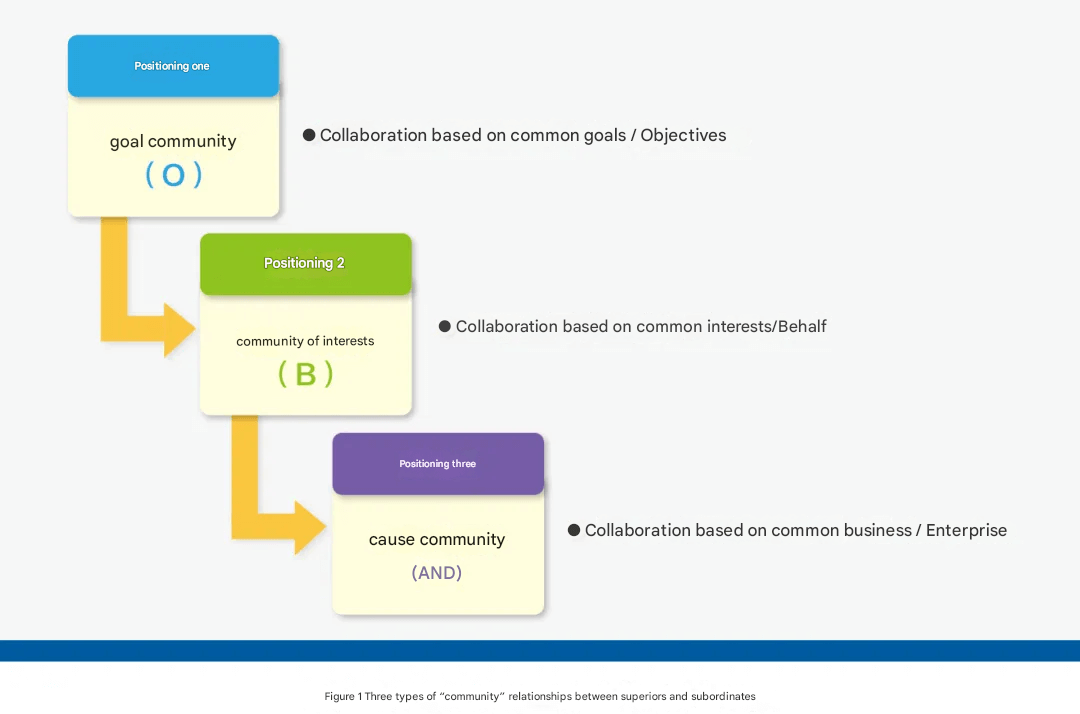Being a technical director is no easy feat, and my own experience stands as a harsh reminder of how quickly things can spiral out of control. For almost three months, I led a 20-person team spun off from a larger 40-person development group, tasked with advancing several ambitious projects. We worked hard, often burning the midnight oil, with countless nights stretching until 4 or 5 AM. Despite our efforts, what I brought back to the company after those months was not success, but a string of painful lessons on how I lost control of my team.
Over these three months, I came to realize that my team wasn't functioning as I had thought. This wasn’t about my team ignoring instructions; rather, it was a deeper issue. I had fundamentally misunderstood both the capabilities of individuals and the complexity of the projects we were handling. Here’s a breakdown of the challenges I faced, the decisions I made, and the mistakes I realized. Hopefully, these lessons will serve as warnings for anyone who finds themselves in a similar position.

Project and Team Background
We handled four projects over three months, without an official project manager.
There were three intern project managers. One had led a small project with a team of three for a year, another handled a four-person project for one month, and the last had overseen two medium-sized projects (7 people) over six months.
The team consisted mostly of young developers, with the most experienced person having only three years of work under their belt. The energy was high, but the lack of experience showed.
Over half the team had been with the company for less than a year.
All four projects were based on an outdated client-provided framework, more than a decade old, with niche front-end technology that required significant learning time.
Debugging was complex, as the project had to run on Linux and could only be debugged remotely. With the large project size, it took over 10 minutes just to compile.
Mistake 1: Overestimating the Team’s Capability
I thought I knew my team well, but my understanding was too shallow. Due to the stability of past projects, I had developed a false sense of confidence in the team’s abilities. When faced with a new and unfamiliar environment, the team struggled to adapt. The first two weeks were spent merely getting to know the project setup, with little progress made.
For example:
Developer A had only been with us for three months but received a good review from a previous project lead. I assigned him a key role, only to find out he couldn’t handle complex SQL queries.
Developer B, while reliable in stable projects, revealed a poor understanding of requirements and a critical lack of risk awareness in this more challenging context.
Reflection:Effective performance reviews and feedback are essential. In my case, the lack of a robust evaluation system meant I had misjudged the capabilities of my team members. It's critical to assess each person thoroughly and position them according to their strengths. Simply relying on past performance or a single recommendation can be misleading.
Mistake 2: Underestimating Project Complexity
Each of the four projects required integration with outdated middleware, custom plugins, and various hardware devices, all of which we had never worked with before. I assumed we would have adequate documentation or guidance from the client, but none was provided. This resulted in wasted time trying to figure things out from historical code or seeking answers from other departments, which often proved uncooperative.
Additionally, the front-end framework was over 15 years old, which presented a steep learning curve for the team, leading to significant delays in development.
Reflection:Experience can sometimes be a liability if it causes you to make assumptions based on past projects. Always question your assumptions, seek out missing information, and lock in on key project complexities as early as possible.
Mistake 3: Juggling Too Many Projects
Looking back, taking on four projects with a limited team was a tactical error. It’s easy to fall into the trap of saying yes to every opportunity, but that often leads to disaster, especially when resources are thin.
Reflection:There will always be resource shortages in projects. The key is to make strategic decisions about what to take on. Managing a project is like playing a hand of cards: it’s easy to win with a great hand, but the real test of skill is turning a bad hand into a win.
Mistake 4: Management is Not Easy
The final and perhaps most significant mistake was stepping too deeply into the details of a specific project. With no one else to take the lead, I found myself drawn into the trenches, losing sight of the bigger picture. Management requires energy and focus, especially in a communication-heavy environment like ours. By the time I realized this, it was too late.
Reflection:Delegation is important, but verification is even more crucial. Trusting your team to handle responsibilities is key, but you must regularly check in to ensure tasks are being completed fully and correctly. This oversight can prevent expensive mistakes down the road.
Key Takeaways:
Establish a comprehensive evaluation system to better understand your team's strengths and weaknesses.
Never rely too heavily on experience; communication and continual learning are key to avoiding costly misjudgments.
Reflect on tactical errors and ensure that you have the resources and capacity before taking on new projects.
A manager must stay above the details and focus on guiding the entire team, ensuring proper communication and oversight.
These lessons came at a cost, but they will forever change the way I approach project management and team leadership.







